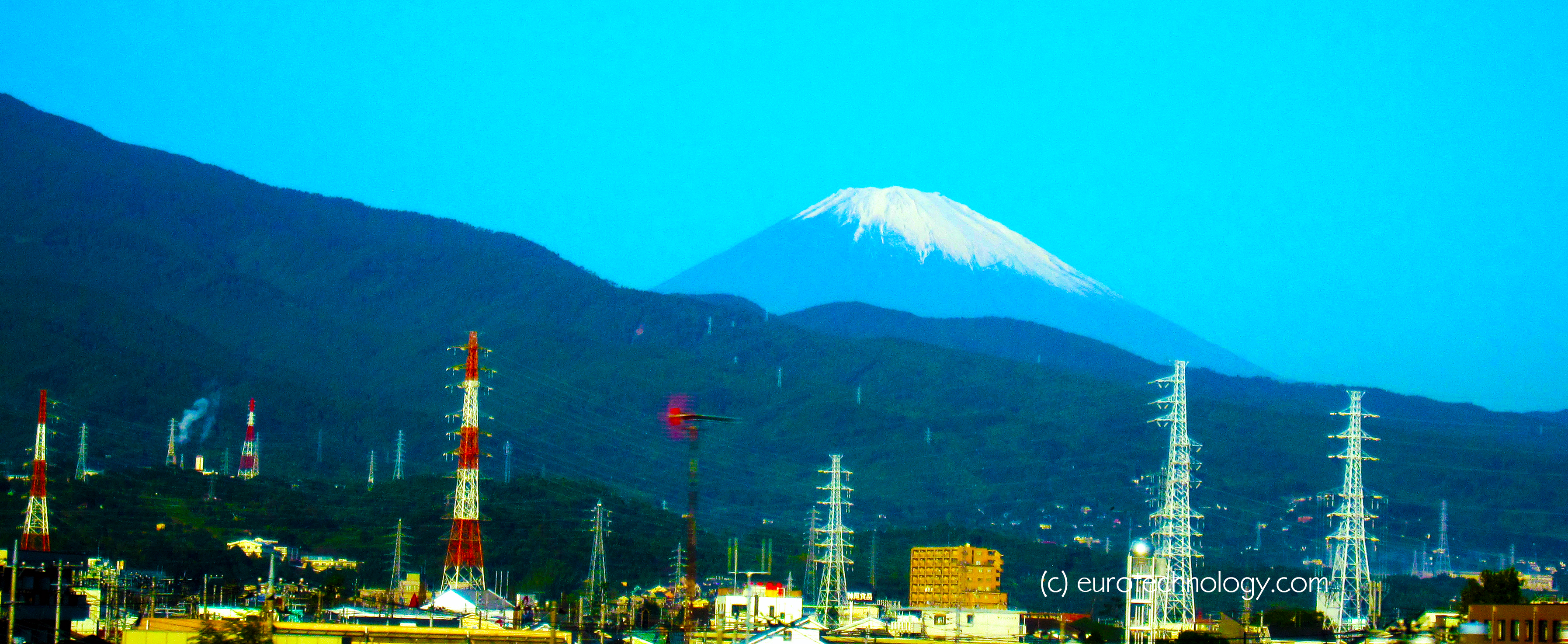Japan energy policy and architecture was shaken up by the Fukushima nuclear disaster
Japan energy policy did not see much change since 1952, and at the time of the Fukushima disaster the official strategy was to increase nuclear power generation to 50% of Japan’s electricity needs. The Fukushima disaster in March 2011 shook up both Japan’s architecture and also energy politics. Today all of Japan’s nuclear power stations are switched off, and Japan’s pre-2011 energy strategy has been completely revised.
Japan energy policy – legal framework
The basis for Japan’s energy architecture is a framework of laws, among them the Energy Policy Fundamental Law (エネルギー政策基本法), the Electricity Business Law (電気事業法) of July 11, 1964 and others. Japan’s energy policy is largely made by the Industry Ministry METI, although other Ministries, such as the Environmental Ministry or the Agricultural and Fisheries Ministry also have impact regarding land use, or CO2 issues for example.
Japan energy policy: primary energy
With the current energy architecture, with extremely low usage of renewable energy, Japan’s primary energy is mostly imported. While nuclear power stations were running they supplied about 30% of Japan’s primary energy, and Japan imported about 82% of primary energy needs, while 18% of energy came from domestic sources including nuclear energy. With nuclear energy essentially switched off, Japan’s self-sufficiency ratio dropped to 4%, i.e. currently Japan needs to import about 96% of primary energy in the form of oil, natural gas, coal and other forms.
Japan’s electricity industry
The global electricity generation capacity is about 2 TeraWatt, and Japan’s total electricity generation capacity is about 200 GigaWatt. Thus Japan has about 10% of the global electricity generation capacity.
Japan’s electricity industry is governed by the Electricity Business Law (電気事業法) of July 11, 1964 which goes back to 1952 and by the Electricity Utilities Business Law. Japan’s electricity production, grid, distribution and retail are historically dominated by 10 large regional monopoly electricity operators, the largest of which is Tokyo Electric Power Company (TEPCO). As a consequence of the nuclear accident in Fukushima Japan’s Government is currently working on liberalizing Japan’s electricity industry, however the time scale of this liberalization is quite long.
Japan’s electricity grid and smart grid
Japan’s electricity grid architecture results from a very long time of regional monopoly electricity operators since 1952. Thus Japan’s electricity grid consists of 10 regional grids which are relatively weakly linked. Historically Japan’s electrification started in Tokyo using 50Hz equipment produced by the German company AEG, and in parallel in Osaka with 60Hz equipment produced by the US company General Electric. As a result Japan consists of two largely independent grids, the grid for Western Japan uses 60Hz, while the grid for Eastern Japan uses 50Hz. These two grids are linked via three comparatively low capacity frequency converter stations.
Japan energy policy: renewable energy
The development of renewable energy was for a long time a low priority in Japan, and regional electricity operators kept the capacity of renewable energy production far below 1% of total electricity generation, although Japan did for sometime was world leader in solar electricity production, although at that time global solar electricity production was at a low level. As a consequence of the Fukushima disaster, there is a new focus on the development of renewable energy sources. Industrial feed-in-tariffs were introduced by law from July 1, 2012, and for domestic solar electricity generation earlier. Feed-in-tariffs since July 1, 2012, have lead to an accelerated development of renewable energy sources, which however in global comparison are still on a fairly low level overall, but progressing rapidly.
Understand Japan’s energy sector
Our report on Japan’s Energy Sector
(pdf file, approx. 227 pages)
Understand Japan’s renewable energy
Our report on Japan’s Renewable Energy Sector
(pdf file, approx. 219 pages)
Copyright 2013-2019 Eurotechnology Japan KK All Rights Reserved
